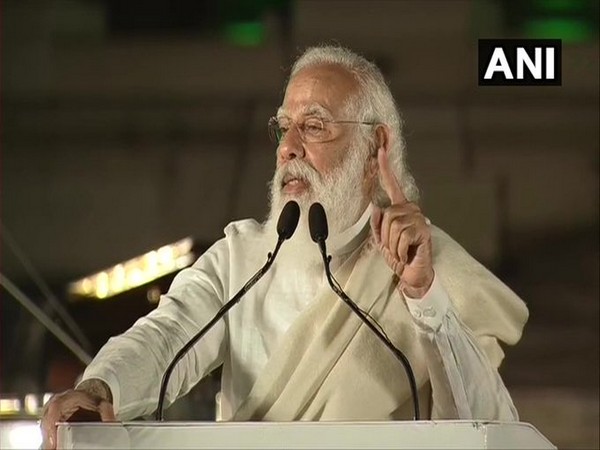Government may be on the right track in raising the share of industry’s contribution to GDP. It just needs to get more flexible and bolder.
The Narendra Modi government’s economic policies have been an interesting mix of orthodox and heterodox over the last seven years. On macroeconomic management, the Government has erred on the side of fiscal conservatism, even during a once-in-a-century pandemic. On industrial policy, it has been more open to a more interventionist approach. This has led many critics to label it protectionist. However, that is a mischaracterization. In fact, the Government may be on the right track in raising the share of industry’s contribution to GDP. It just needs to get more flexible and bolder.
Even a cursory analysis of India’s most successful industries brings out the key role of Government policy in their rise. Automobiles and auto components have grown into India’s largest manufacturing sector on the back of “local content requirements” in the 1980s and 1990s, a policy which was outlawed under the WTO’s Trade Related Investment Measures (TRIMS) agreement in the 2000s. Pharmaceuticals, another success story, grew rapidly from the 1970s onwards after India changed its patents regime from one based on products to one based on processes. Subsequently, this policy was outlawed by the WTO’s TRIPS agreement. However, by the time TRIMS and TRIPS were enforced in international trade law, both industries had gained much strength and momentum. Even in services, India’s most successful sector, Information Technology—about which it is often said that it grew without government support—benefited hugely from government policy which exempted export earnings from taxes for over two decades. Now, under WTO laws, export subsidies of any kind are also illegal.
It is possible to argue that these were all protectionist policies but they would be more appropriately classified under a different head: facilitation. There is a difference between protection and facilitation. In the former, some firms are shielded from competition irrespective of their performance in terms of production and profit—the kind of thing that was rampant pre-1991. In the latter, firms are incentivized strategically to raise their production and profits in the presence of competition, domestic and overseas. The experience of all successfully industrialised countries is replete with policies of facilitation (the West and East Asia). The history of the countries which failed to industrialise is linked either to indiscriminate protectionism (India before 1991) or blanket free trade (Africa, Latin America, post 1980s). The design and quality of intervention matters.
The criticism of the Modi government’s industrial policies centres around the extensive use of tariffs across most categories of goods. Indeed, by itself, raising tariffs does not ensure the rise of a competitive industry. But when tariff hikes are moderate (actual rates below WTO bound rates), free trade agreements exist (with ASEAN, Japan, Korea) and there are in place complementary policies to stimulate the growth of industry, the outcome would be diametrically opposite to what the critics say.
International trade agreements restrict the use of certain interventions. But they are silent on others. The production-linked incentive (PLI) scheme launched by the Government for 13 sectors is a permitted intervention and incentivizes firms to raise their production and achieve greater scale. The absence of scale is one reason why Indian industry is not competitive or part of global and regional value chains. The scheme exists for a limited number of years only—five at the maximum. If tariff hikes are also given sunset clauses, then PLIs and time bound tariffs can create several competitive industries and millions of jobs.
In political economy terms, PLI should not been seen as a “subsidy” scheme just like interventionist measures need not always be viewed as protectionist. These are an “investment” from Government which will yield big returns not just for the economy but for the exchequer because the industries which grow will pay taxes, the ancillary industries which grow alongside will pay taxes and the people who find employment will also pay taxes.
There is a case to tweak the PLI depending on the target sector. In some sectors, which are still either nascent or absent, and where the initial capital costs are extremely high, the appropriate intervention may be a capital subsidy or a Viability Gap Funding, in the startup years rather than a PLI. Some very strategic sectors like semiconductors and other fabrication, including display, may fall in this category.
There is also a case to extend PLI to sectors which continue to have high import dependency like oil and gas. In this sector, tariffs have little meaning. Instead, what is required are incentives to increase current and future production. Perhaps some of the heavy taxation levied in this sector could be reduced on the condition that the relief is poured into enhancing production and exploration. Again, this is an investment by Government in future production and higher revenue. In yet other sectors, say in the technology space, government intervention may come in the support of R&D expenditure, which is at the core of success for enterprises in this space.
The time is perfect for a major push to industry and to raise domestic production. Government must continue to “facilitate” and “invest” towards that goal.
Dhiraj Nayyar is Chief Economist, Vedanta.

